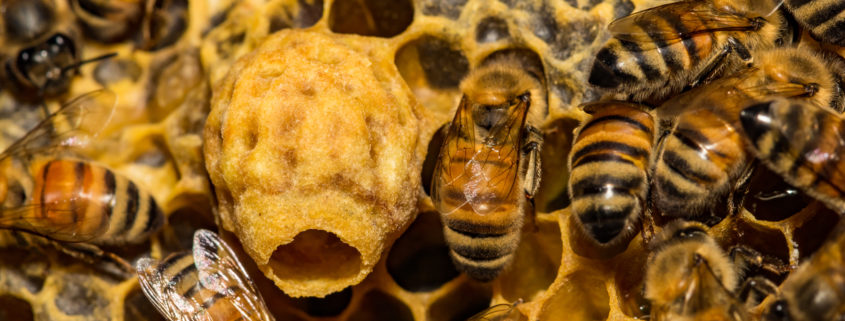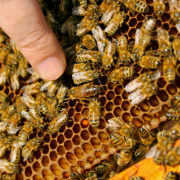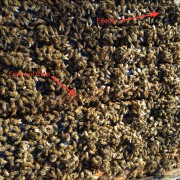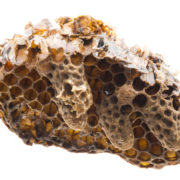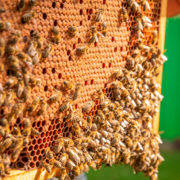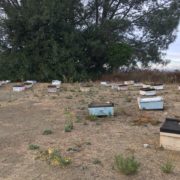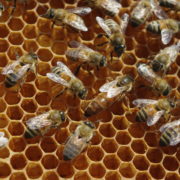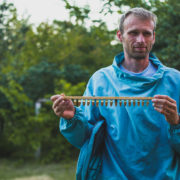Superceding Queens vs. Breeding Queens
One of the easiest ways to produce a queen is to simply remove the original queen from the colony, and allow the colony to raise its own queen on an emergency basis. Within a few hours of losing its queen, the pheromone levels inside the colony will change precipitously and the colony will soon realize that it is without a queen.
When a colony loses its queen, it begins raising supercedure queen cells. To do this, it takes worker larvae of various ages and then selects a few cells to transform into queen cells. The worker bees then begin feeding these selected worker larvae royal jelly instead of the usual worker jelly. By reshaping the larvae cell downward, they have created an emergency queen cell, which will then eventually hatch into a virgin queen.
While this may seem like a relatively easy and straightforward method for a beekeeper to raise a queen – as the colony does all the work – this type of supercedure queen is unlikely to match the quality of a queen that is intentionally bred; either by the colony itself (as in the case of a swarm cell), by an individual beekeeper raising a few queens, or by a commercial queen breeder raising thousands of queens.
There are two reasons for this: First, unlike a colony’s hasty procedure in raising supercedure queen cells, when a colony intentionally raises swarm cells to swarm, or when a queen producer intentionally raises queens for production, both have a high intent to create optimal conditions for the rearing of the queen cell. This means that the larvae selected are young and of the perfect age, and the environmental conditions are ideal for raising a queen. Thus, the colony is well stocked with plenty of the necessary raw ingredients, pollen and well-fed larvae, and the conditions are perfect for producing an ideal queen cell. On the contrary, when a colony is forced to raise a supercedure cell under an emergency condition, these environmental conditions may or may not be in place. The larvae selected may not be of the perfect age, the care of the queen cell may be less than ideal, and the queen cell and resulting queen may be below average.
Most importantly, however, is that a supercedure cell is a genetically unknown queen and may be sub-par genetically. Unless the supercedure queen is from a known breeder, such as one that has been instrumentally inseminated from known stock, a supercedure queen is the daughter of a queen of mixed and unknown origin. There could be undesirable and unknown genetics from the original queen that could be passed down and possibly amplified in the next generation. This is why, as a rule, conscientious beekeepers are reluctant to breed or accept queens that are bred in this hasty manner.

